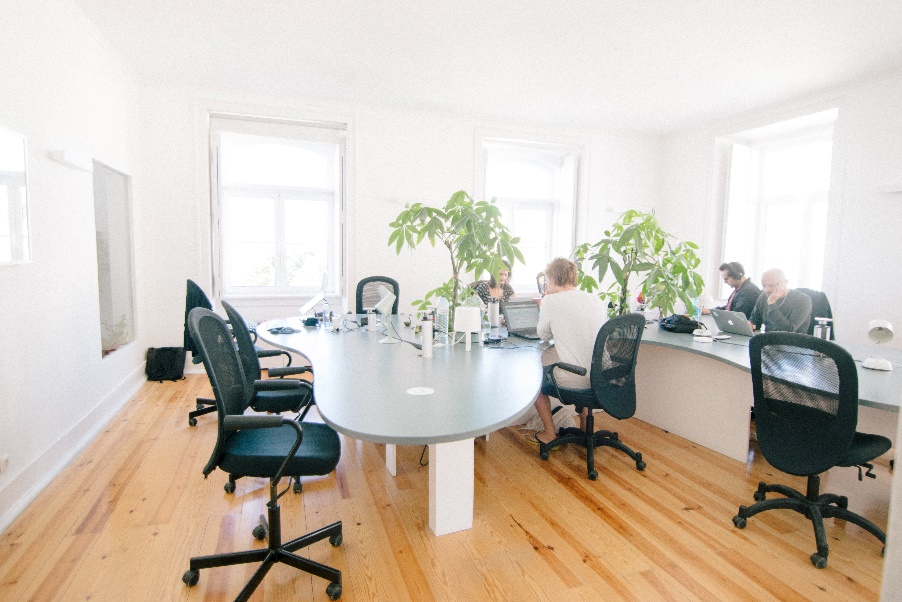Contents
In the business world, “big data” is a buzzword that’s been getting a lot of attention in recent years. As a business owner, you’re always looking for ways to get an edge on the competition. You want to be able to make decisions quickly and efficiently, without wasting time or money.
That’s where business intelligence comes in. But what is business intelligence, and how can it be used in the interior design industry? Here are a few points as well as some pros and cons that go with it.
What is Business Intelligence?

Industry experts Fourth Dimension defines business intelligence (BI) as the process of using data to make better business decisions. BI can be used to improve everything from marketing campaigns to product development.
At its core, BI is all about using data to understand what customers want and need. This understanding can then be used to make better decisions about everything from pricing to product features. While BI is often thought of as a tool for large businesses, it can be used by businesses of any size.
In fact, many small businesses are now using BI to get a competitive edge. By using data to understand their customers, they can make better decisions about how to run their business. There are many different types of business intelligence tools available, but some of the most common include data visualization tools, reporting tools, dashboards, and data mining tools.
Why does it matter to use BI for an Interior Design business?
Any business, no matter the size or industry, needs to have some sort of data analytics to be successful. This is because data analytics provides insights that can help businesses make more informed decisions about everything from marketing to product development.
For interior design businesses, data analytics can be particularly useful for understanding trends in color and style preferences. On top of those, there are several more potential benefits of using BI in your interior design business, including:
Saves You Some Time
Business intelligence (BI) is a term that covers a lot of ground, but in short, it’s all about using data to make better business decisions. That data can come from a variety of sources, including sales reports, customer surveys, social media, and website analytics. And once you have that data, you need to be able to make sense of it. That’s where BI tools come in. BI tools can help you automate tasks like data entry and analysis, so you can spend less time sifting through spreadsheets and more time making decisions.
For an interior design company, BI can be incredibly helpful in several ways. For example, let’s say you want to see how your customers are finding out about your business. You can use BI tools to track where your website traffic is coming from and what pages they’re looking at.
Or maybe you want to see which of your design projects are the most popular with customers. BI can help you track which projects are being shared the most on social media and which ones are getting the most positive reviews. By using BI to collect and analyze data, you can save a lot of time and effort that would otherwise be spent on manual tasks. And that means you can focus on what really matters: running your business.
Better Informed = Better Decisions
Good decision-making is critical to the success of any business, yet it can be difficult to know which decisions to make when you’re working with limited information. This is where business intelligence comes in.
Business intelligence is all about collecting and analyzing data so that you can make more informed decisions. By giving you access to accurate and up-to-date data, business intelligence allows you to see the big picture and make decisions that will help your business grow.
Furthermore, business intelligence can help you identify trends and patterns that you might otherwise miss which is crucial for an interior design company. With this valuable information at your fingertips, you’ll be able to make better decisions, respond quickly to changes in the market, and keep your business one step ahead of the competition.
Can it go wrong though?
Any business, no matter what industry, can benefit from data-driven decision-making. While there are some clear advantages to using business intelligence, there are also some potential drawbacks that you should be aware of before deciding to implement it in your own business such as:
Cash Down
For an interior design business, the upfront cost of purchasing or subscribing to a business intelligence tool can be a setback. After all, these businesses have already invested a significant amount of money in their design software and hardware.
In addition to the cost of the software itself, businesses also need to invest in hardware, training, and support. With that, many businesses choose to outsource their business intelligence needs to a third-party provider. While this can help to save on costs, it can also lead to decreased control over data and decision-making.
The Learning Curve
Learning how to use new software can be a real setback for an interior design business. Not only is there the initial time investment required to learn the new program, but there’s also the continued learning curve as you try to keep up with updates and new features.
And if you’re not using the software regularly, it can be easy to forget how to do certain things, which can lead to frustration and wasted time. Also, when you’re first starting with a new program, it’s not uncommon to make mistakes that can cost you time and money. So while there may be some advantages to using new software, the learning curve is one downside that should be considered before making the switch.
Conclusion
Overall, the decision of whether or not to use business intelligence in your interior design business ultimately comes down to weighing the potential benefits against the potential risks. If you feel that the benefits outweigh the risks, then BI could be a valuable tool for your business. However, if you’re feeling unsure about whether or not BI is right for you, then it’s probably best to err on the side of caution and stick with more traditional methods of managing your business. Remember though that resources are always found online to learn this tool and professionals are available for consultation.



